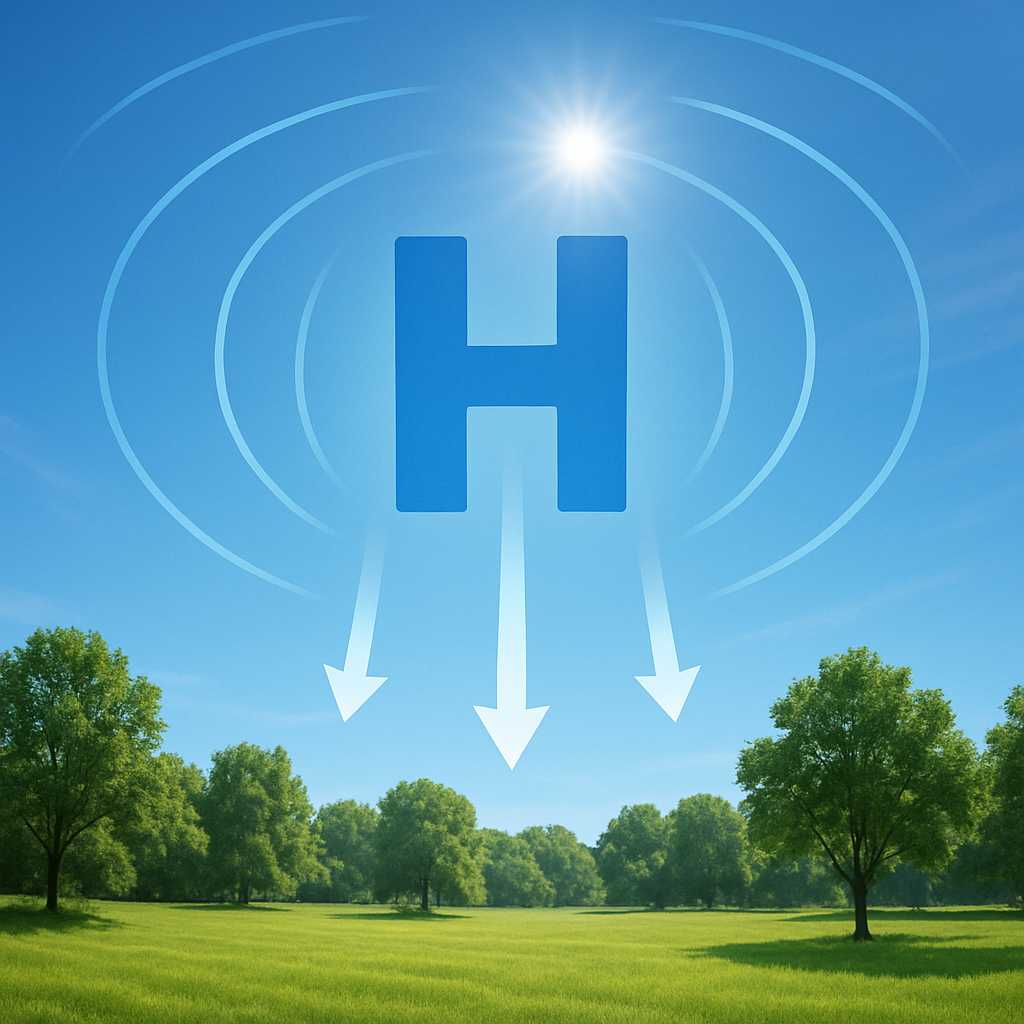As a meteorologist, I’m often asked why the weather can suddenly turn sunny and calm after a period of unsettled skies. The answer lies, quite literally, above us—in the rise and fall of atmospheric pressure. Today, let’s delve into the science behind high pressure systems and explore why they typically bring clear, tranquil weather.
What Is a High Pressure System?
Atmospheric pressure is the weight of the air pressing down on Earth’s surface. A high pressure system forms when air above a region becomes denser, often due to cooling, and sinks towards the surface. This downward motion inhibits the formation of clouds, as it suppresses the upward movement of moisture-laden air that leads to condensation and precipitation.
How Do High Pressure Systems Affect Weather?
When air sinks, it warms up and dries out because of a process called adiabatic heating. Warm, dry air is less likely to form clouds, so the sky remains clear. These systems are responsible for the blue summer skies and crisp winter mornings that many of us enjoy. The stable air also means less wind and fewer storms.
What Causes a High Pressure System to Form?
High pressure tends to build when large air masses cool down, such as over the open ocean or in continental interiors at night. It can also develop behind cold fronts, as colder, denser air pushes in and sinks. When you see a sprawling "H" on a weather map, it means that area is dominated by this stable, fair-weather system.
Impacts Beyond Clear Skies
While high pressure brings sunshine, it can also lead to stagnant air. Without wind to mix the atmosphere, pollution and allergens can accumulate, particularly in urban environments. In winter, persistent high pressure may even trap cold air at the surface, leading to frost or dense fog.
Conclusion
High pressure systems are a fundamental driver of weather patterns around the world. Their influence is felt anywhere from quiet, cloudless afternoons to chilly, serene evenings. By understanding this key concept in meteorology, we can better appreciate the clear skies—and occasional air quality alerts—that they bring. Next time you bask in the sunlight, remember: it’s all a matter of atmospheric dynamics at work above.
- Rabir


Leave a Reply